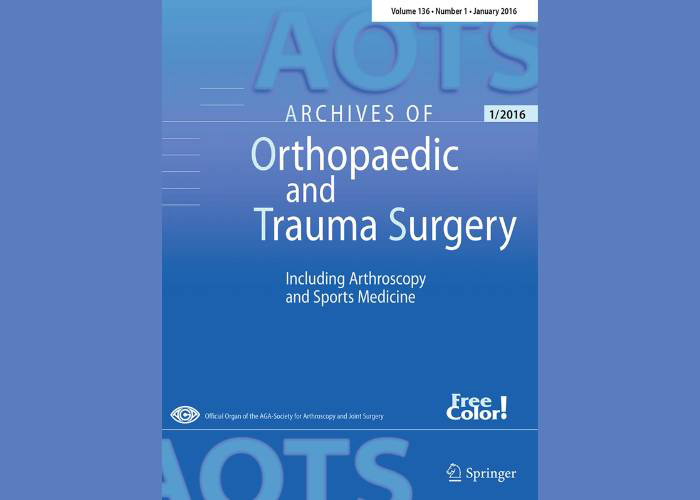- Home
- About
- Shoulder
- Shoulder Injuries
- AC Joint Repair
- Arthroscopic Shoulder Surgery
- Arthroscopic Stabilization
- Bankart Repair
- Biceps Tenodesis
- CAM Procedure
- Clavicle Fracture Fixation
- Rotator Cuff Repair
- Fracture Repair
- Healing Response Technique
- Latarjet Procedure
- Pectoralis Major Repair
- PRP and ACP Treatment
- Shoulder Replacement
- Reverse Shoulder Replacement
- Snapping Scapula Treatment
- Superior Capsular Reconstruction
- Tendon Transfers
- Knee
- Elbow
- Resources
- Studies & News
- Our Patients
- Reviews
- Contact Us




